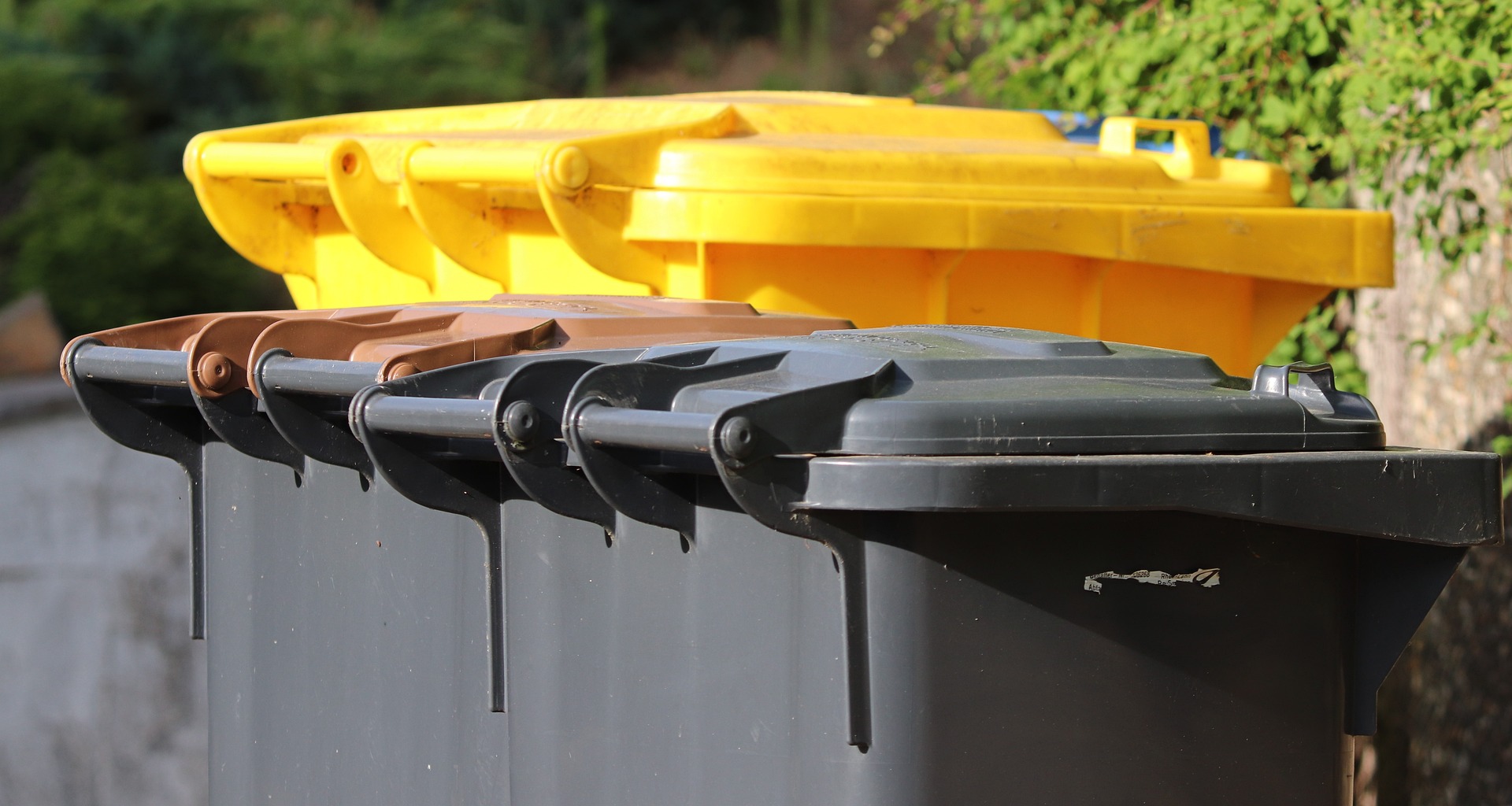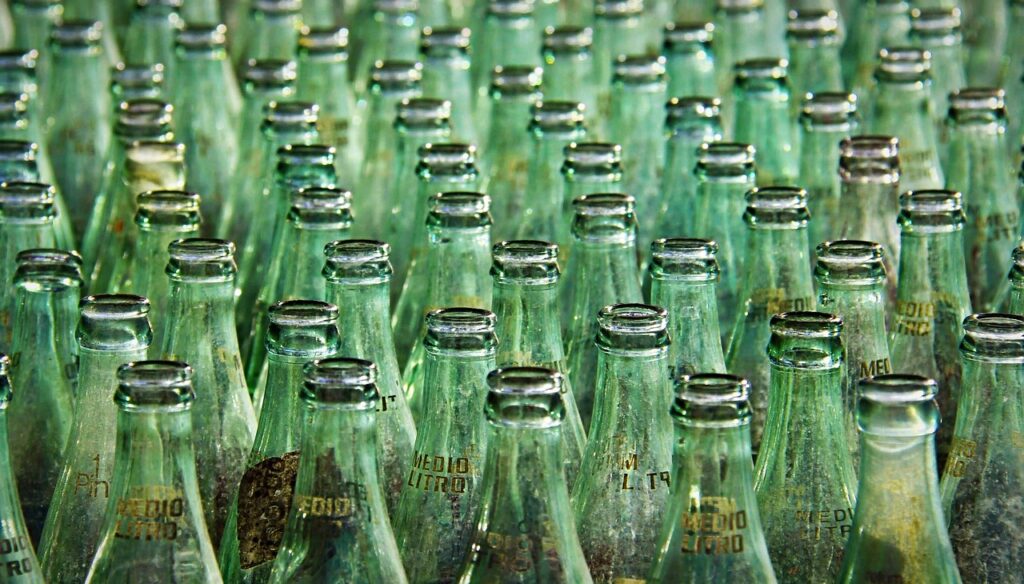Waste disposal companies collect four hundred eighty-three kilograms of household waste per capita annually. This huge amount cannot be completely avoided. But everyone can do something to reduce their contribution.
A life without waste – that’s a big goal that only very ambitious people can come close to. But many consumers want to produce less waste.
However, industry and retail do not make it easy for them because they package their products in elaborate ways. Nevertheless, it is worth trying – even if the “zero waste” goal is not achieved. Even small changes in everyday life benefit the environment.
But where to start? Where can we expect an immediate sense of achievement?
There are many building sites: Plastic packaging, used glass, used clothing, defective electrical appliances, leftover food, empty batteries, cardboard boxes, and old newspapers. The good news is it doesn’t take an elaborate plan.
“You don’t have to rearrange much at all in your everyday life. If you always think about waste when you go shopping, you can already achieve a lot,” says Patrick Hasenkamp, vice president of the Association of Municipal Companies (VKU), representing waste disposal companies.
In the case of food, this means buying unpackaged goods wherever possible. This is possible, for example, in unpackaged stores. But also, in some bio stores, there are already Unverpackt offers – for example, noodles in the self-brought along tins to fill. But the goods are often more expensive than in the supermarket or the discounter.
The alternative: use reusable packaging whenever possible. “Only if unpackaged and reusable become the new normal can we actually reduce packaging waste,” says Janine Korduan of the German League for the Environment and Nature Conservation (BUND). “A few dairy products and beverages are already offered in reusable packaging.”
Buying loose vegetables solves two problems at once
More options are available in many supermarkets regarding fruits and vegetables. Those who reach for loose fruit here not only save on packaging. After all, in the case of products without packaging, the quantity can also be freely selected, and you can therefore buy as much as you can consume.
This problem should not be underestimated: According to German Environmental Aid, among the 53 kilograms of organic waste generated per capita each year, many foods are bought too much, and in the organic waste, garbage can become uneaten. That’s why one general advice for avoiding waste is to plan well before buying food and not to pack too large quantities.
But single households, in particular, have a difficult time of it. They often cannot fully consume goods in larger packages, which are cheaper and more environmentally friendly than several small packages. So leftovers end up in the trash after the expiration date. “It’s a matter of weighing things up carefully. Because the alternative – small single packaging – is precisely the one that generates the most waste,” says Janine Korduan.
Avoid fast fashion
Regarding clothing, fast fashion is virtually a disposable product – and just as harmful to the environment. Some fashion collections are renewed up to twelve times a year. This is supposed to encourage young people, in particular, to buy.
But fashion consciousness has a downside: “It’s not only unreasonable for environmental reasons to constantly buy new garments of inferior quality,” says Patrick Hasenkamp. “It also makes little economic sense.” His tip: buy less, but more durable and sustainable.
“This is also beneficial for your own psyche. You can feel better if you regularly sort out and thus own fewer things overall,” adds Janine Korduan. “Gifting and swapping is also a lot of fun, and at clothing swap parties it can save money and make for a nice afternoon.”
For those who can’t afford or don’t want the more sustainable and expensive pieces, second-hand buying is an option. And it’s even a trend, especially among younger people. Hasenkamp says this is evident in clothing and using used and refurbished cell phones or tablets.
Why not borrow?
And you don’t necessarily have to own everything yourself. “Many people have household appliances and tools in their home that they don’t use at all or only very rarely,” says Patrick Hasenkamp. “That’s where sharing can be a way out.” According to the municipal enterprise representative, some cities have loan stores where people can borrow everything from drills to fondue sets to chocolate fountains. “That saves resources,” Hasenkamp says.
The next point is: repair instead of throwing away and buying new. But that’s not so easy to do. For example, you can’t tell whether an electrical appliance can be repaired when you buy it. “A rule of thumb could be: The higher the quality and price of a device, the greater the likelihood that it can be repaired if the worst comes to the worst,” says Patrick Hasenkamp.
Finding a solution is a nice challenge.
And if it isn’t: anyone who has to dispose of a defective device should take it to an electronics store or supermarket to be recycled later. “Under no circumstances do electrical or electronic devices belong in the household waste,” says Janine Korduan. “With that, they are incinerated and valuable raw materials such as rare earths are lost.”
“To give away,” boxes can be expensive.
There are various other ways to avoid waste in the home. It can be great fun to think about them and find your creative solutions – for example, replacing wrapping paper with homemade alternatives.
Those still annoyed by full garbage cans and bulging yellow bags afterwards should not blame themselves alone. “The consumer often has no choice. He is exposed to a flood of packaging against which he can defend himself only with difficulty,” says BUND expert Janine Korduan. “This is primarily a matter for industry.”
- Source: ntv.de, awi/dpa/picture:
This post has already been read 1502 times!



